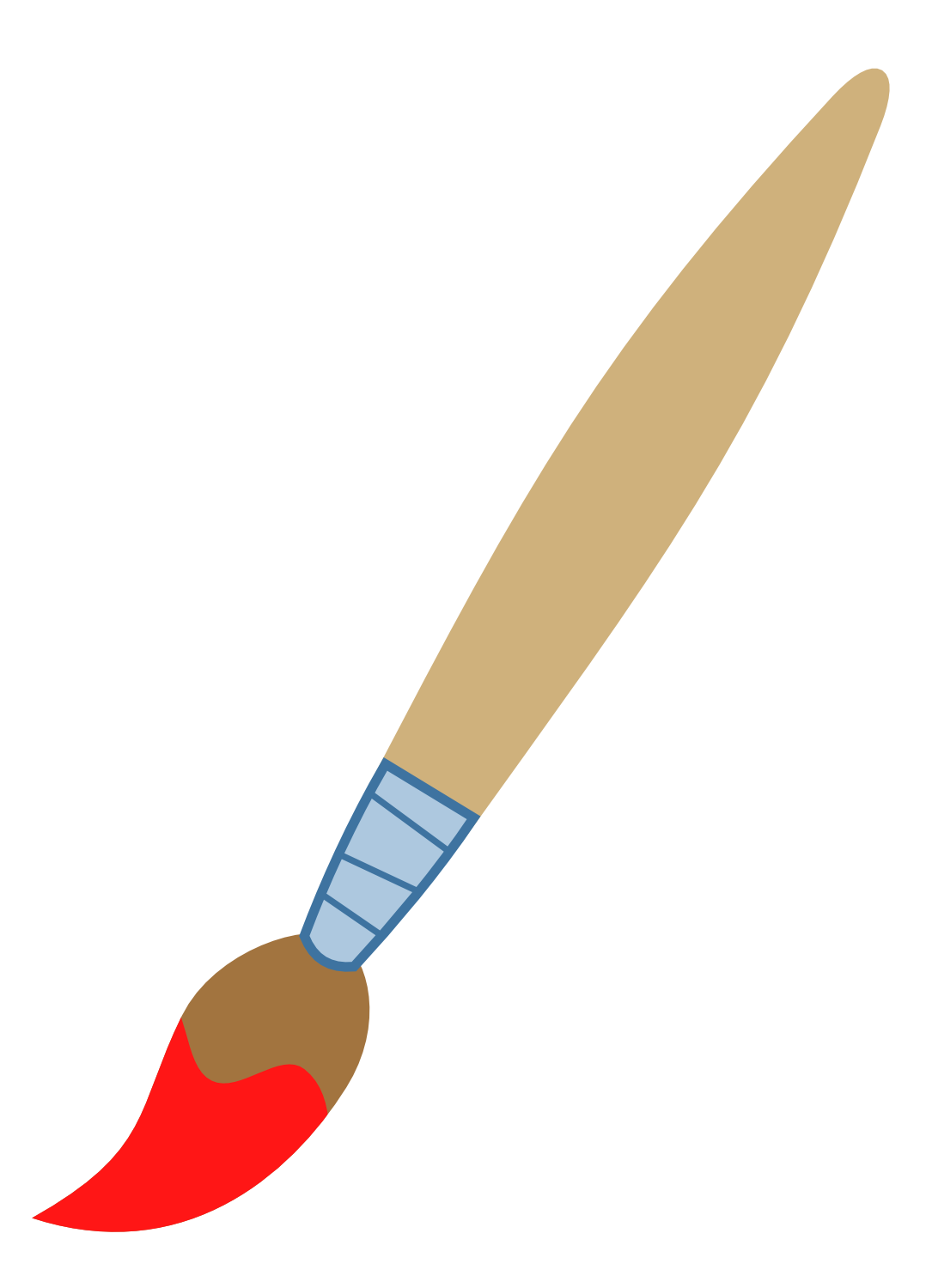

This could be adding more detail, fixing any mistakes, or adding a finishing layer of varnish.

Once you’re happy with your painting, go back and add any final touches you feel are necessary. Experiment with different brush strokes to create unique textures.Think about where the light source is coming from for natural-looking shadows.Use a light touch when applying paint for shading and highlights.This will make your subject appear more three-dimensional and life-like. Use a smaller brush and a darker shade of paint to add shadows to your subject, and a lighter shade of paint to add highlights. Shading and highlighting are integral parts of creating depth in your art. Take breaks and step back to evaluate your work.Experiment with different shades of paint to create contrast.Use varying brush strokes to add texture and dimension.Build up layers of paint to add depth and texture to your artwork. Use a smaller brush and different shades of paint to create shadows and highlights. Once you’ve added the base color, start adding more details to your artwork. Clean your brush in between colors to avoid mixing them.Blend colors together for a smoother finish.Use a light touch and avoid applying too much paint.Start with larger brushes to fill in larger areas, then move on to smaller brushes for more detailed sections. Mix paint on your palette or mixing tray and apply it to your canvas or watercolor paper with a paintbrush. Once you’ve sketched the basic shapes, start adding color to your artwork. If you’re struggling with proportions, use a grid to help.



 0 kommentar(er)
0 kommentar(er)
